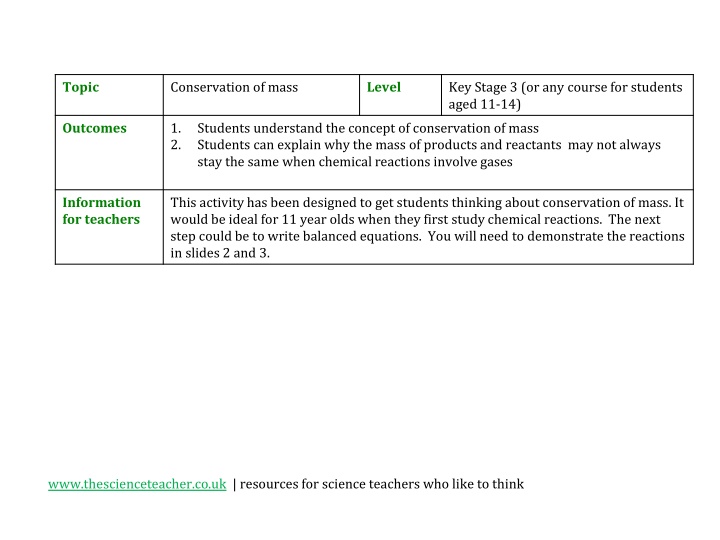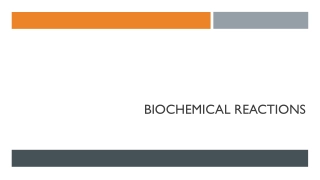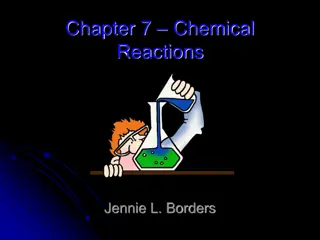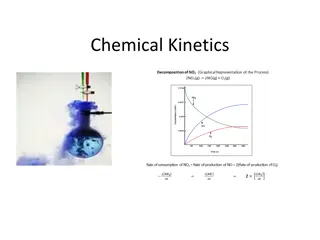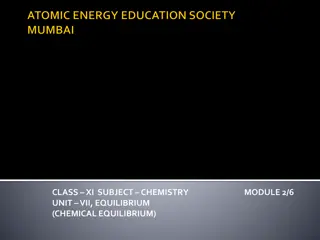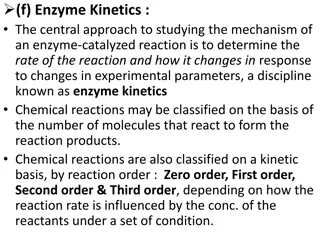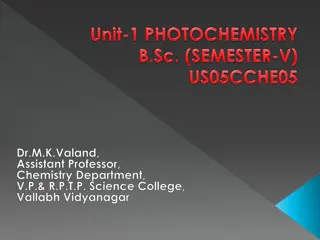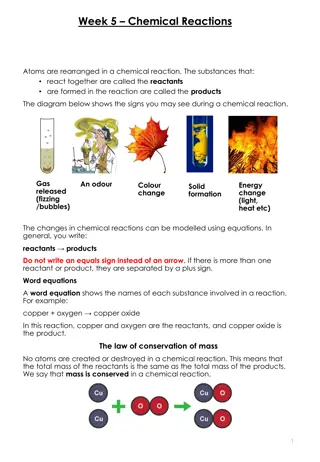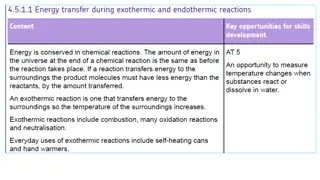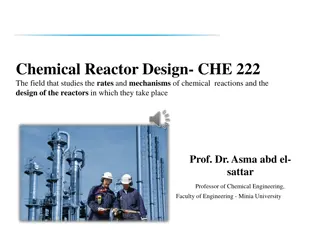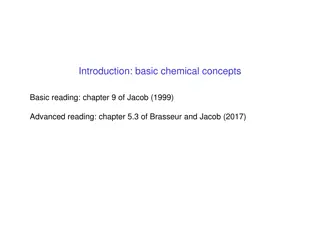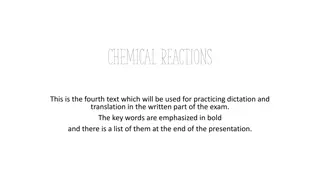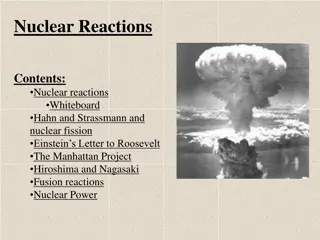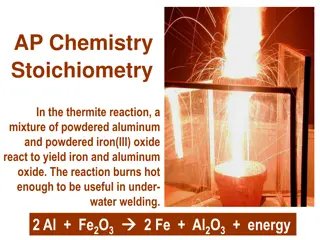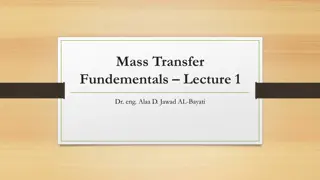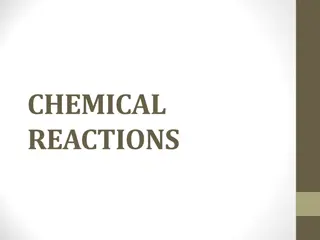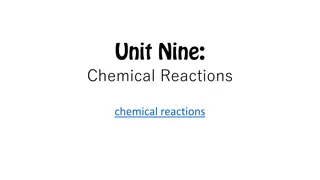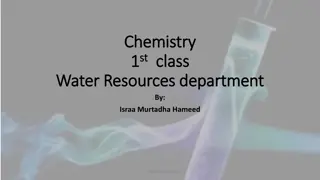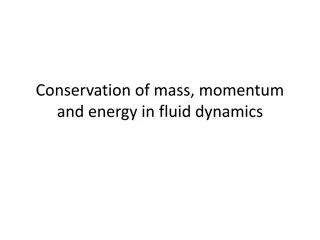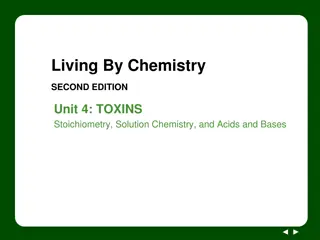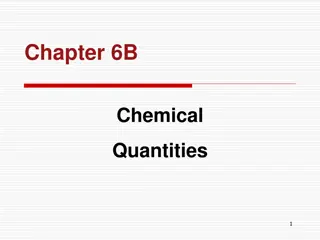Conservation of Mass in Chemical Reactions
Engage students in understanding conservation of mass in chemical reactions, exploring changes in mass during reactions involving gases, and debunking misconceptions through hands-on activities and critical thinking.
Download Presentation

Please find below an Image/Link to download the presentation.
The content on the website is provided AS IS for your information and personal use only. It may not be sold, licensed, or shared on other websites without obtaining consent from the author.If you encounter any issues during the download, it is possible that the publisher has removed the file from their server.
You are allowed to download the files provided on this website for personal or commercial use, subject to the condition that they are used lawfully. All files are the property of their respective owners.
The content on the website is provided AS IS for your information and personal use only. It may not be sold, licensed, or shared on other websites without obtaining consent from the author.
E N D
Presentation Transcript
Topic Conservation of mass Level Key Stage 3 (or any course for students aged 11-14) Outcomes 1. 2. Students understand the concept of conservation of mass Students can explain why the mass of products and reactants may not always stay the same when chemical reactions involve gases Information for teachers This activity has been designed to get students thinking about conservation of mass. It would be ideal for 11 year olds when they first study chemical reactions. The next step could be to write balanced equations. You will need to demonstrate the reactions in slides 2 and 3. www.thescienceteacher.co.uk | resources for science teachers who like to think
Lets get thinking When 5 grams of copper sulphate solution is added to 5 grams of sodium hydroxide solution, solid copper hydroxide and sodium sulphate solution are formed. solid copper hydroxide and sodium sulphate solution copper sulphate solution sodium hydroxide solution + ? g 5.0 g 5.0 g Which statement(s) are correct? Discuss in your pairs. a) The products will have a greater mass than the reactants because a solid is made. b) The products and the reactants will have the same mass as they contain the same number of atoms. The atoms are just arranged differently. c) The products will weigh less than the reactants because some of the reactants have been used up in the reaction.
Uh oh.. is the law wrong? Reaction to demonstrate to the class Word equation Mass of reactants (g) Mass of products (g) Did the reactants and products have the same mass? If not, why not?! Calcium carbonate with hydrochloric acid Burning magnesium in oxygen
Write a letter to Doctor Wrong explaining why he is wrong. Dear Scientists, I have made an Earth shattering discovery!! When I added hydrochloric acid to a beaker of calcium carbonate the mass decreased. I have proved the law of conservation of mass wrong!! I. Use your knowledge of chemical reactions to persuade him. Include chemical reactions and particle pictures. II. What changes could Dr Wrong Again make to his experiment to reach the right conclusion? How could you convince Dr Wrong Again that a gas has a mass? Yours truly, Dr Wrong Again.
